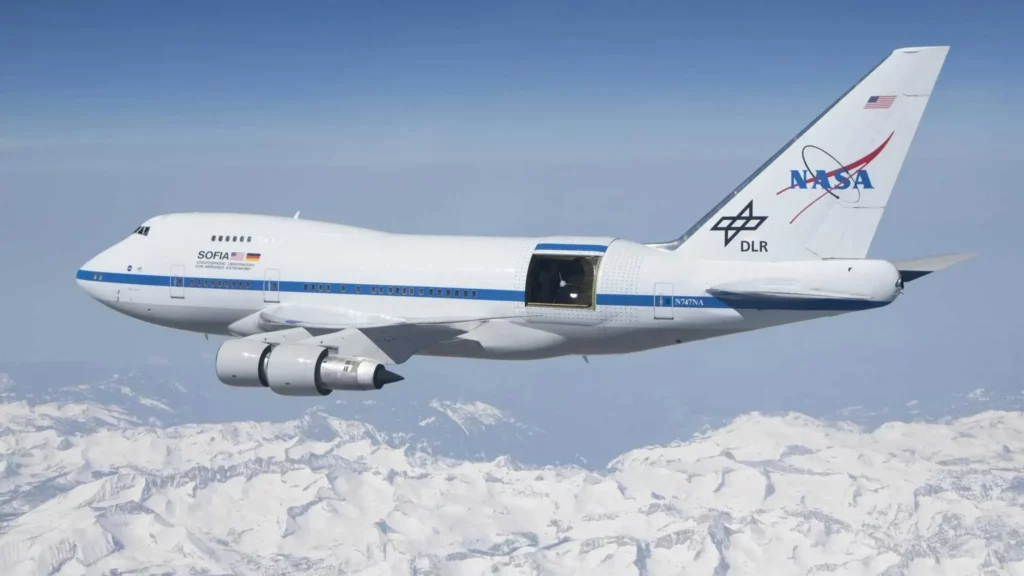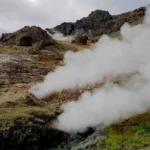Revolutionary Discovery: Water Detected on Asteroids
For the first time, scientists have directly observed water molecules on the surface of asteroids, marking a significant breakthrough in our understanding of water distribution in the solar system. Utilizing the retired SOFIA (Stratospheric Observatory for Infrared Astronomy) telescope, researchers identified water on two S-type asteroids, previously thought to be dry. This discovery could reshape our understanding of the solar system’s minor bodies and their evolutionary orbits.
The Implications of Water on S-type Asteroids
This finding challenges the traditional belief that S-type asteroids, formed close to the sun and thus devoid of water, were entirely dry. The detected water may have been adsorbed onto silicates in the asteroid’s regolith or chemically bound within minerals. Alternatively, it could have been delivered by water-containing objects colliding with these asteroids. These scenarios suggest a dynamic and complex history of water in the solar system, potentially linked to the early migration of planets and asteroids.
Future Explorations and Earth’s Water Origins
The discovery prompts further exploration into the presence of water on C-type asteroids, believed to contain water but yet to be confirmed. With SOFIA retired, the James Webb Space Telescope (JWST) is set to continue this inquiry, aiming to enhance our understanding of water’s distribution in the solar system. This research not only aids in pinpointing potential habitable zones in outer space but also in unraveling the mystery of how water arrived on Earth, a crucial element for life.






